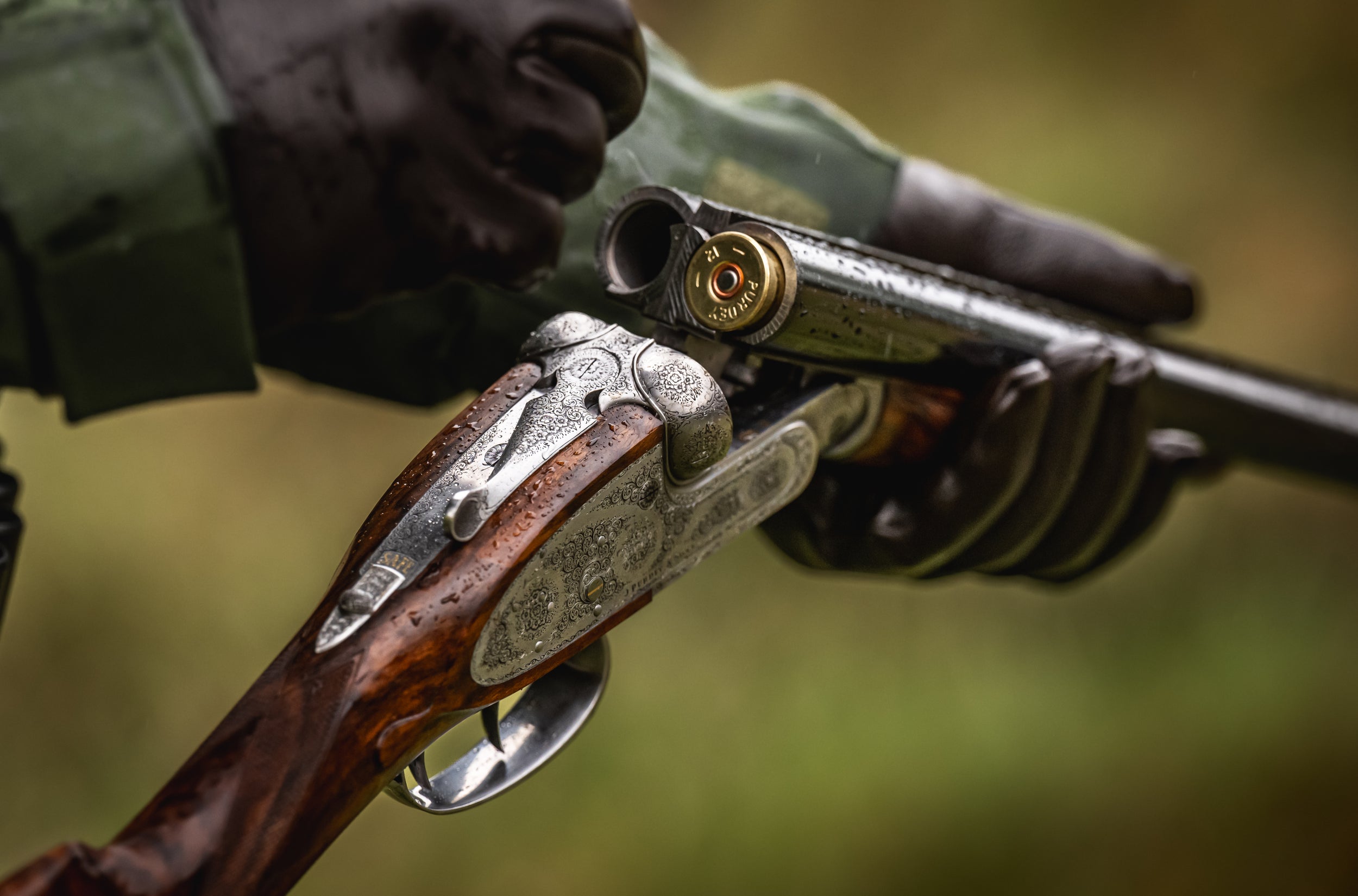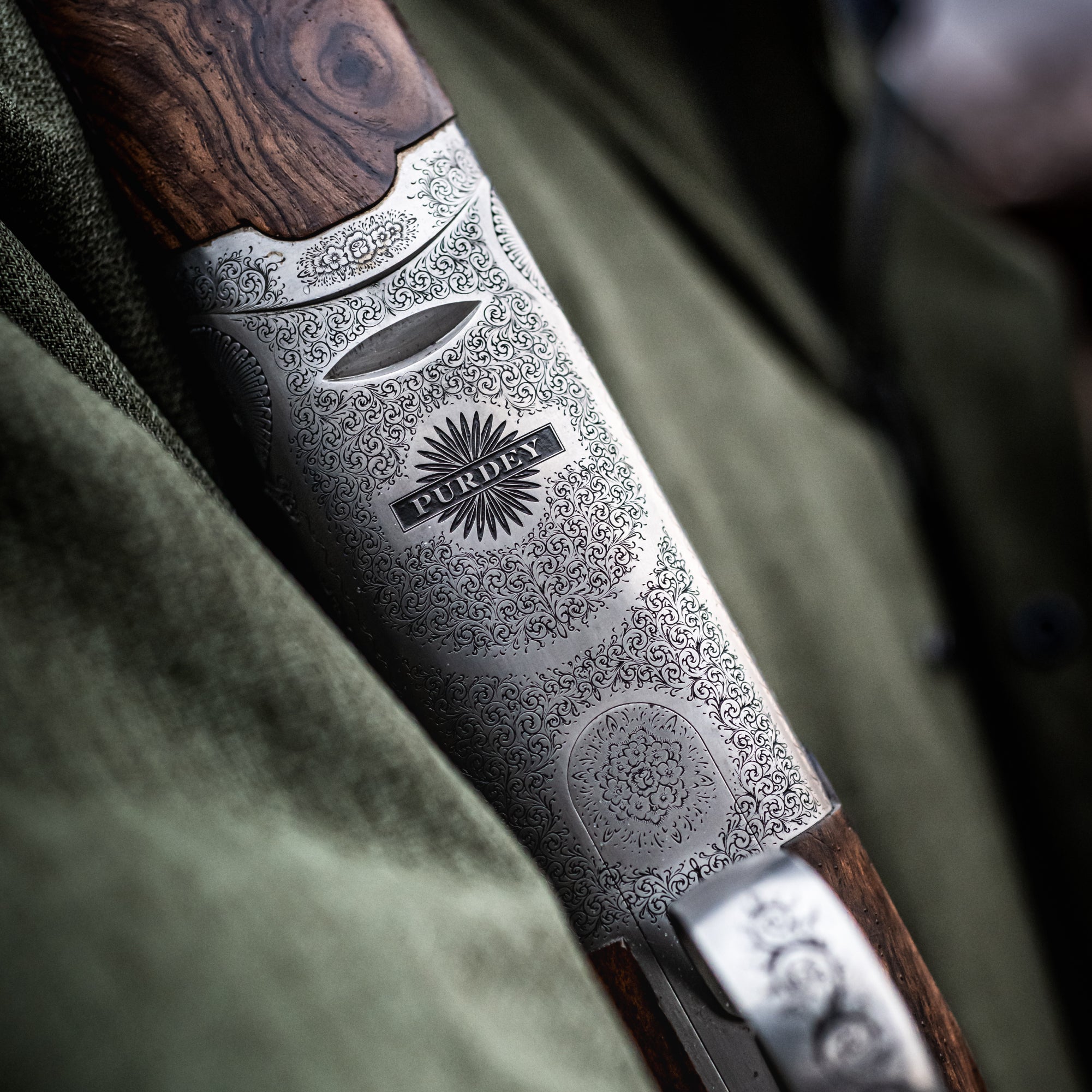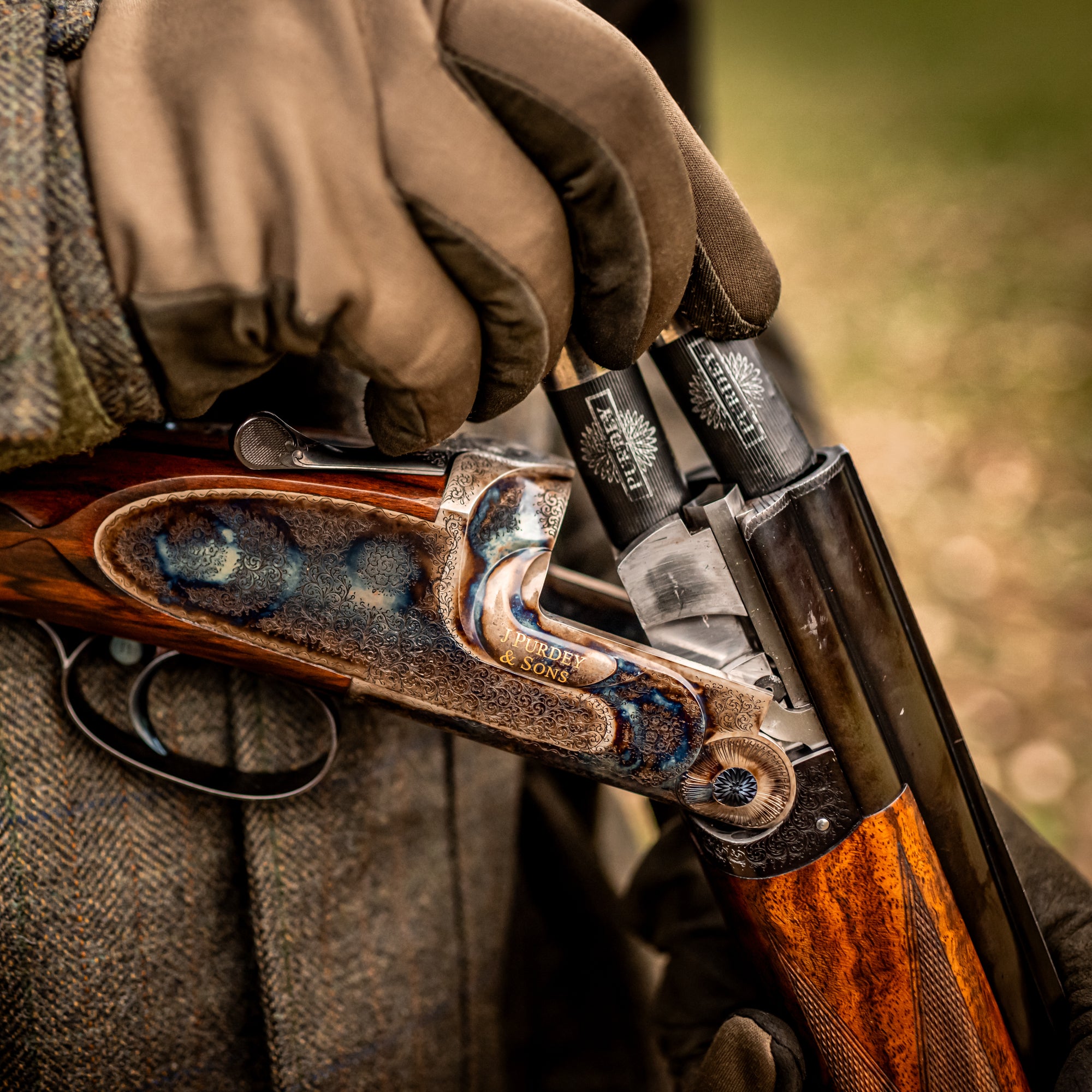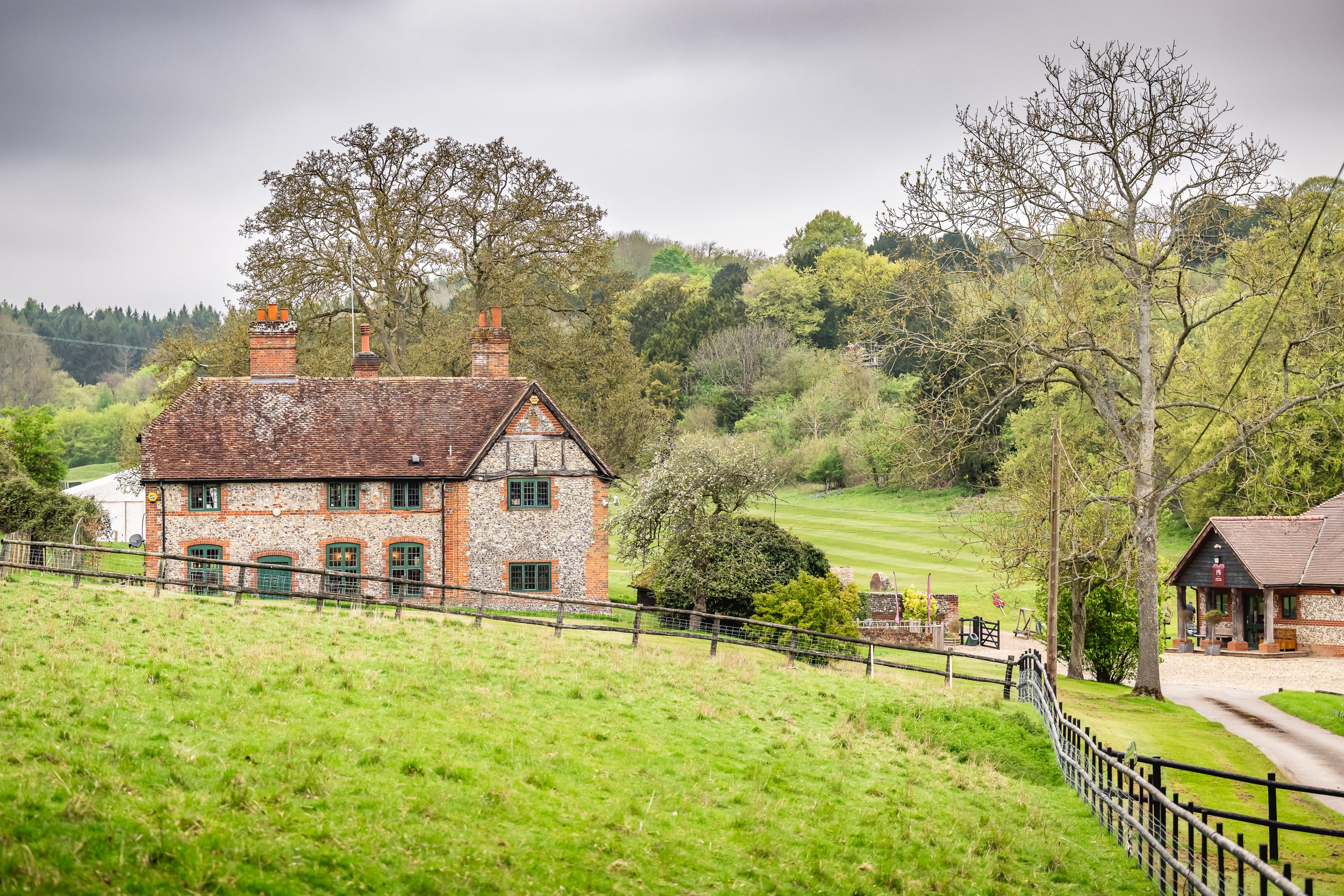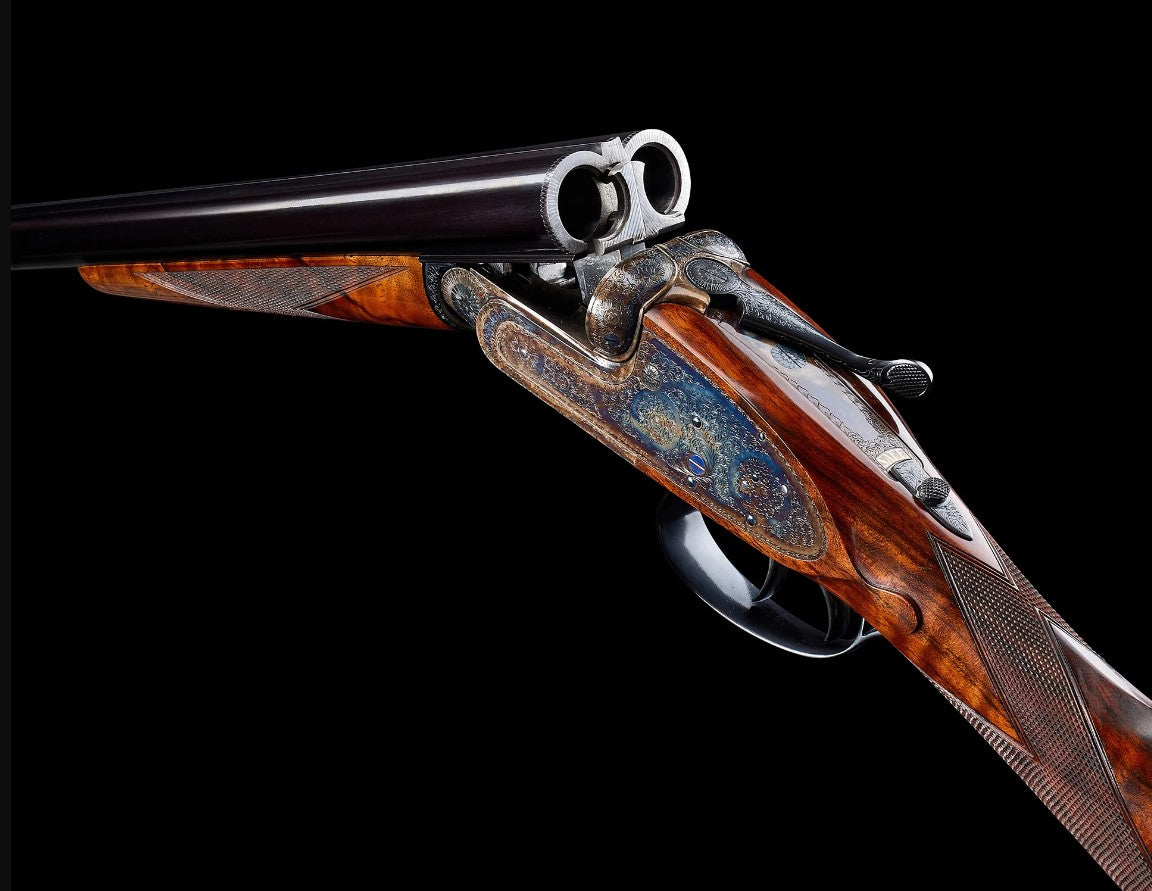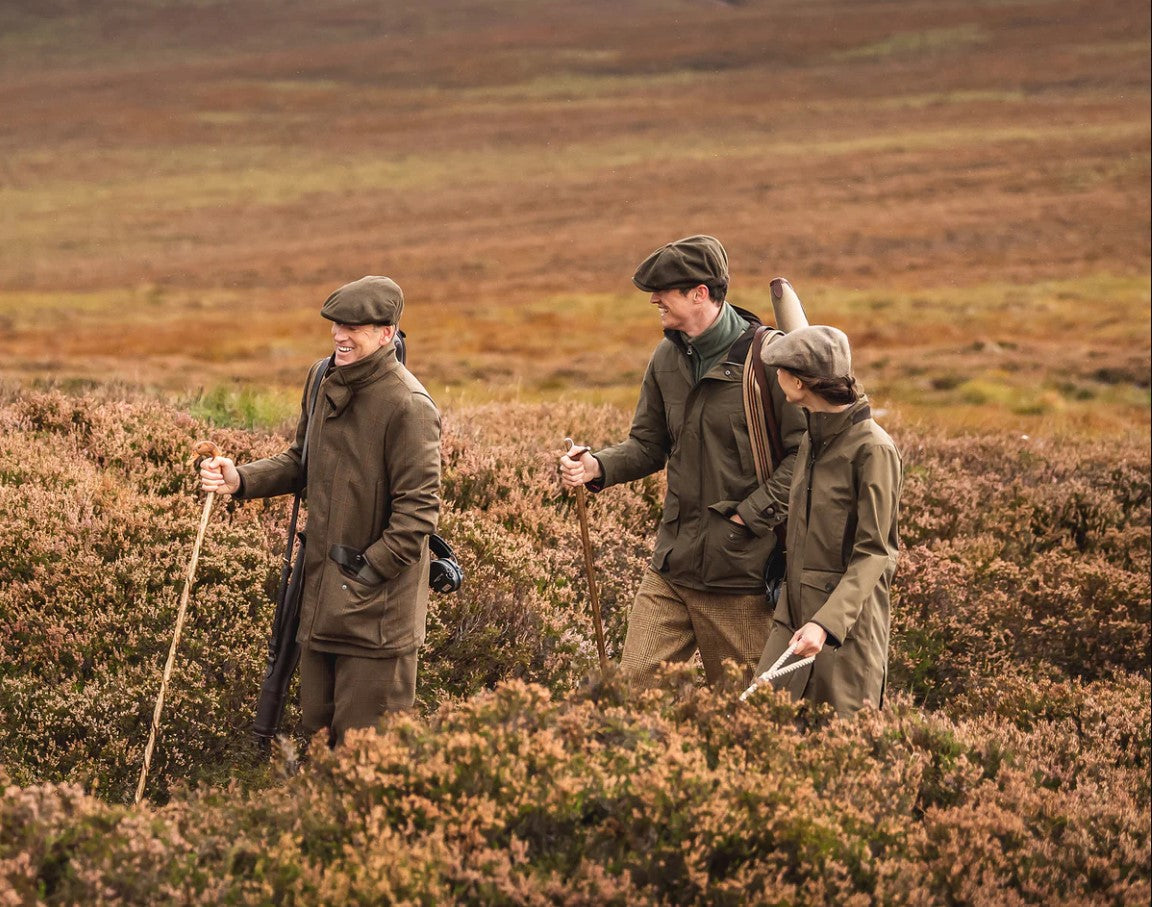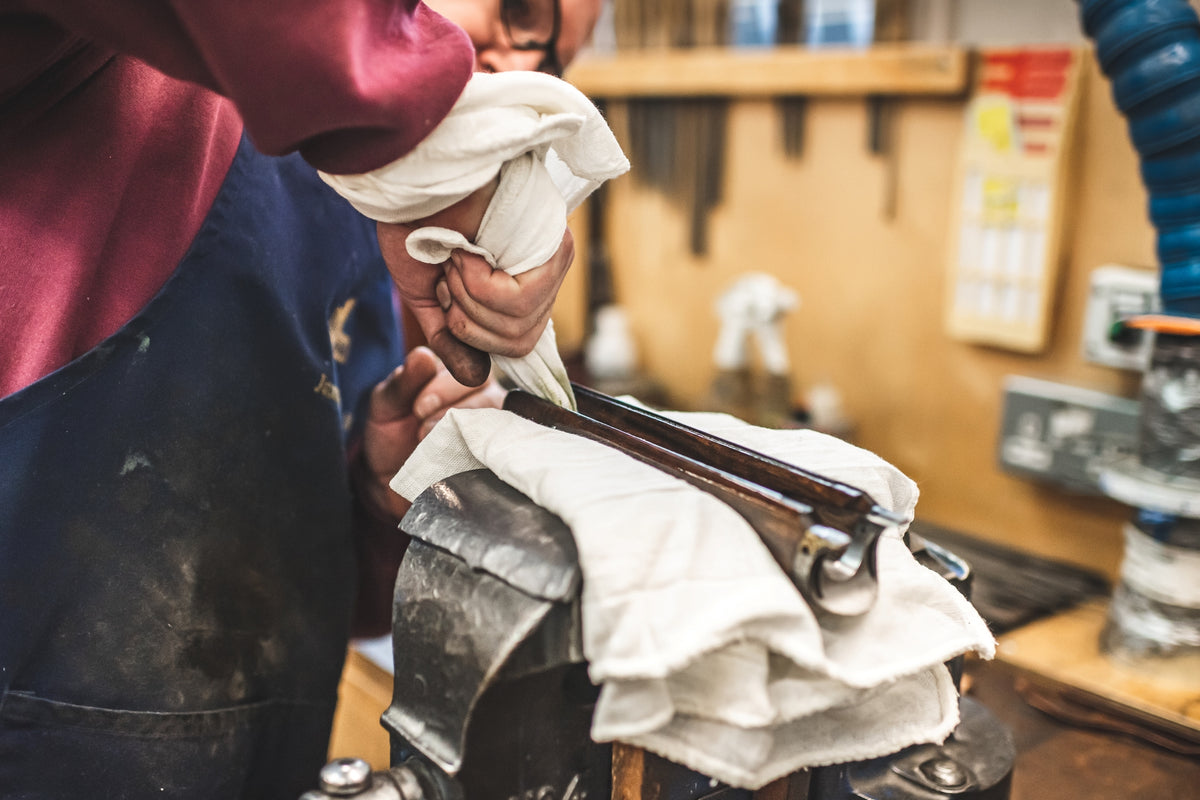Latest Arrivals
-
Men's Khaki Latch Coat
Regular price £1,595.00
-
Men's Walnut Rosehall Estate Jumper
Regular price £975.00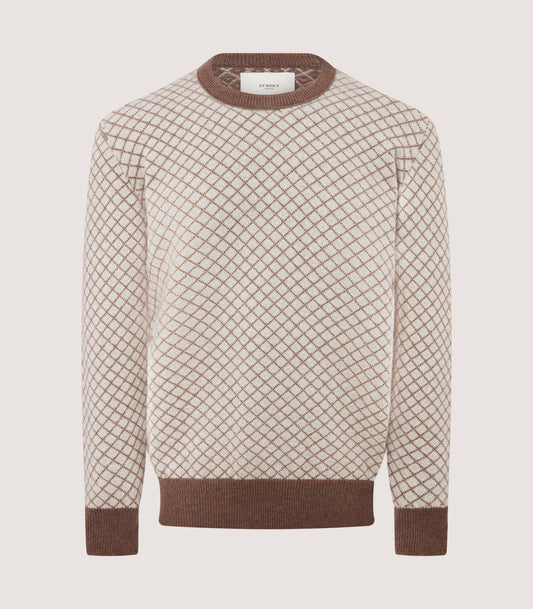
-
Women's Navy Quilted Purdey Jacket
Regular price £995.00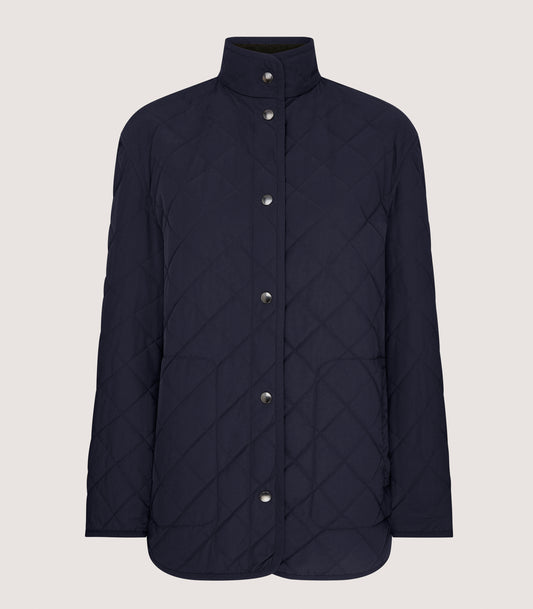
-
Women's Cashmere Argyle Crew Neck Sweater in Flint
Regular price £895.00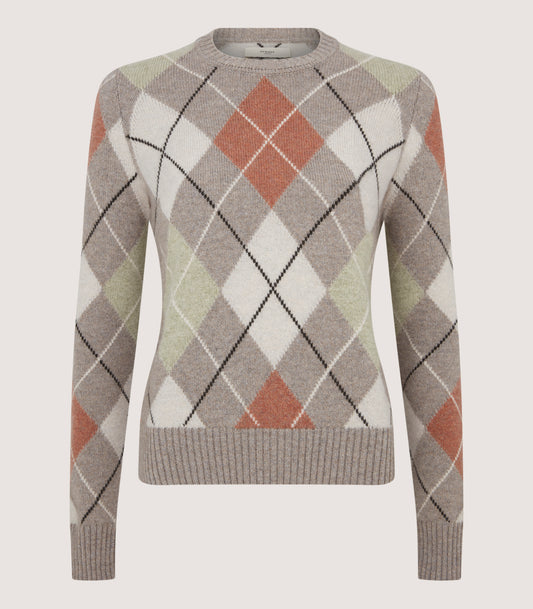
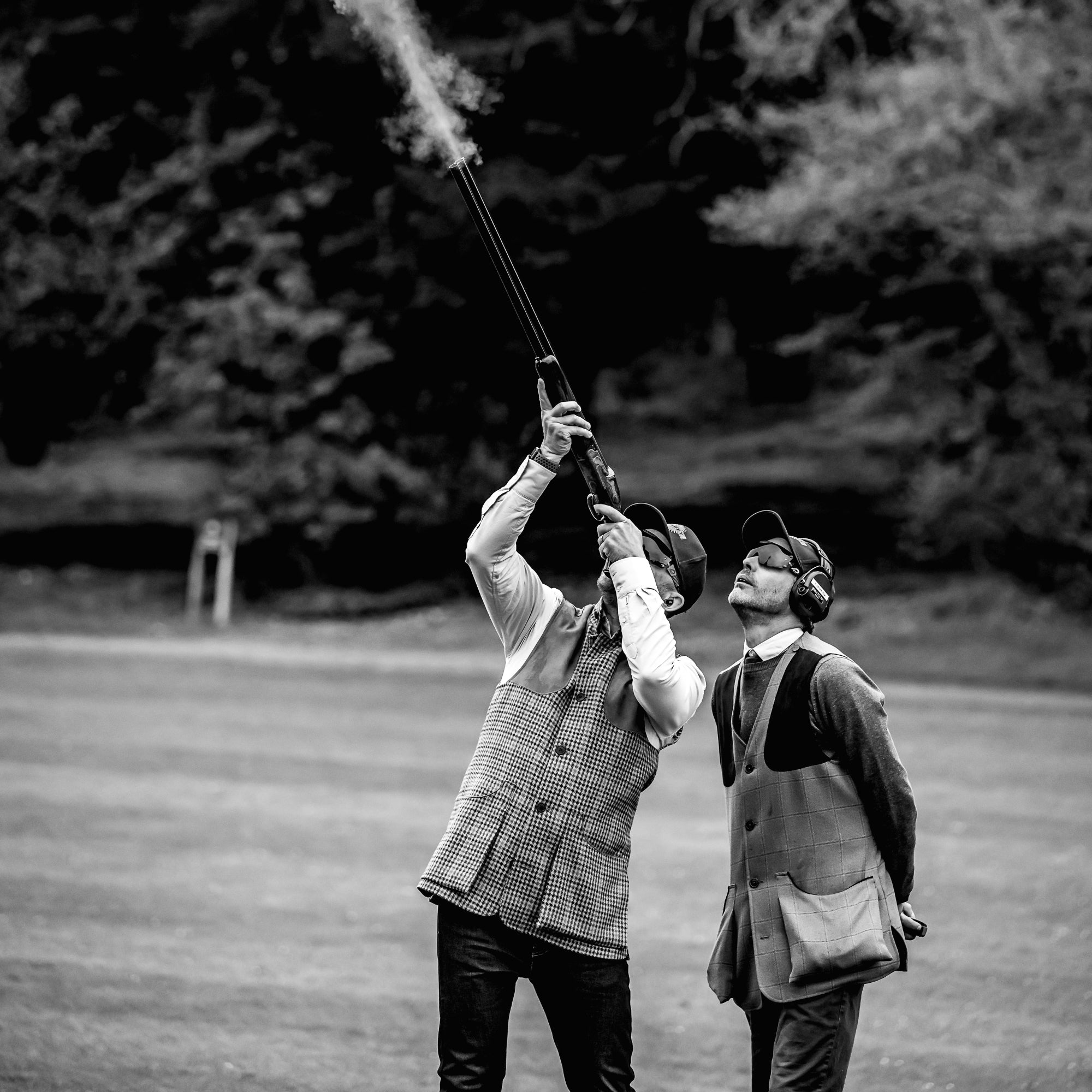
Our Tuition
Book a private lesson for invaluable one-on-one focus or make a day of it with our shared and group lessons. You can also take on one of our challenges to put your skills to the test.
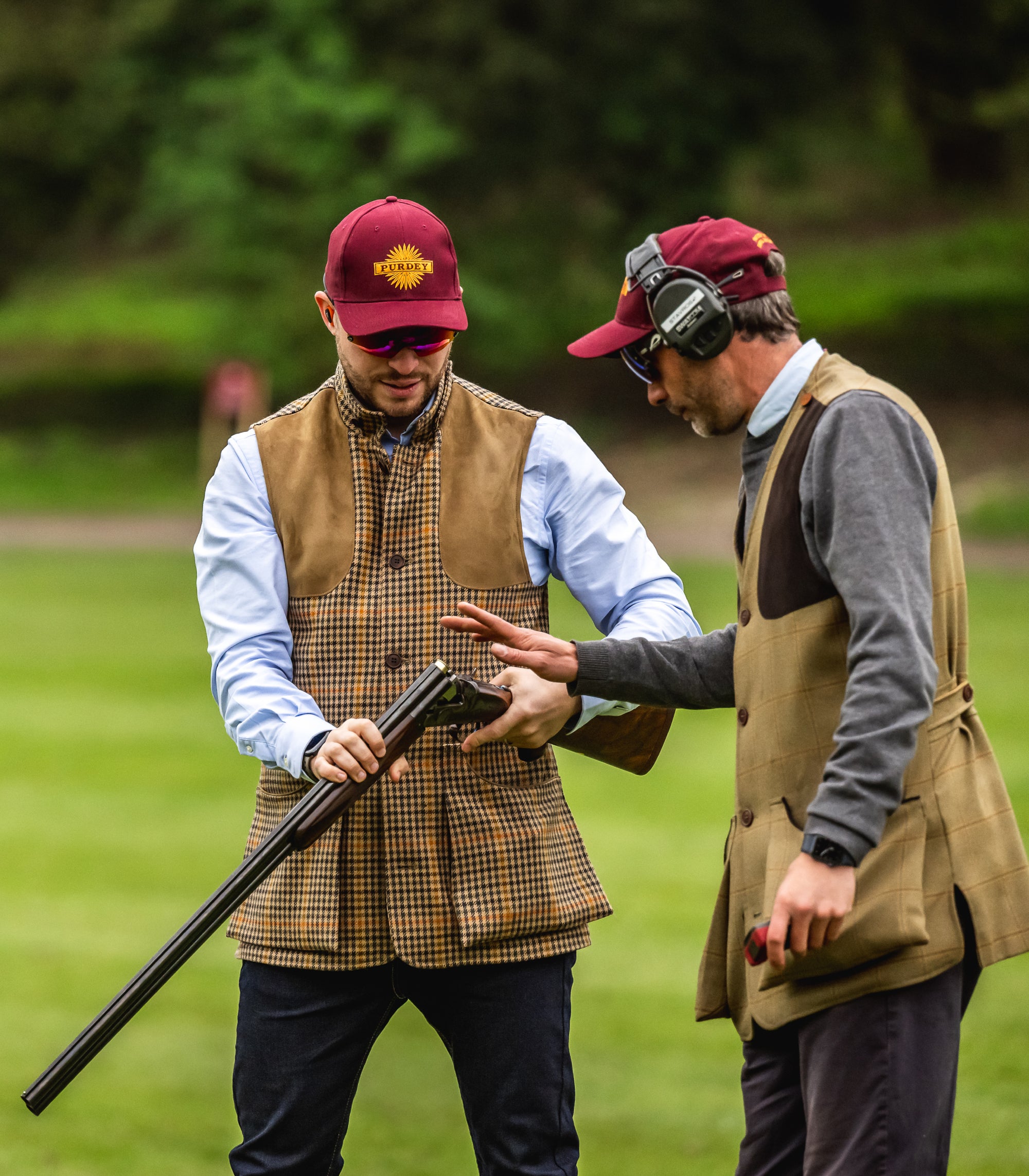 Book Now
Book Now






